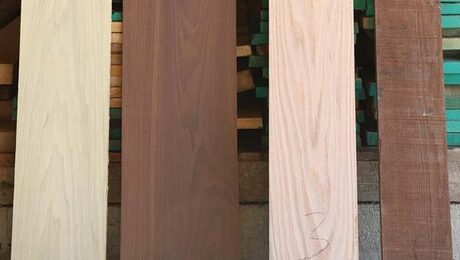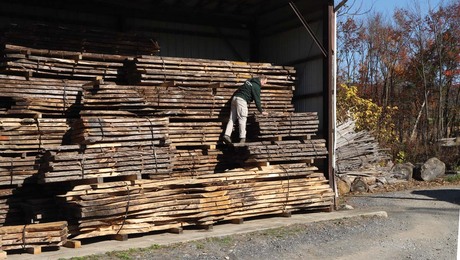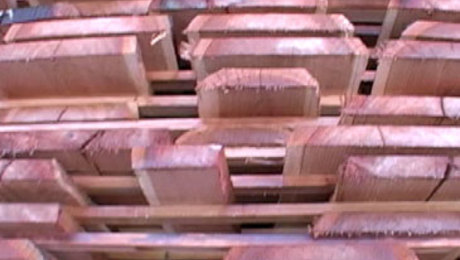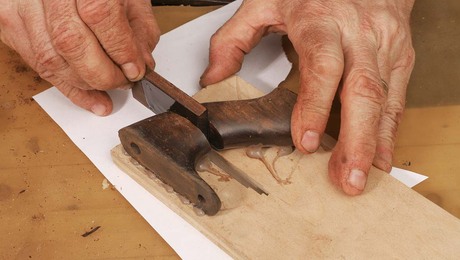Working with thermally modified and torriefied wood
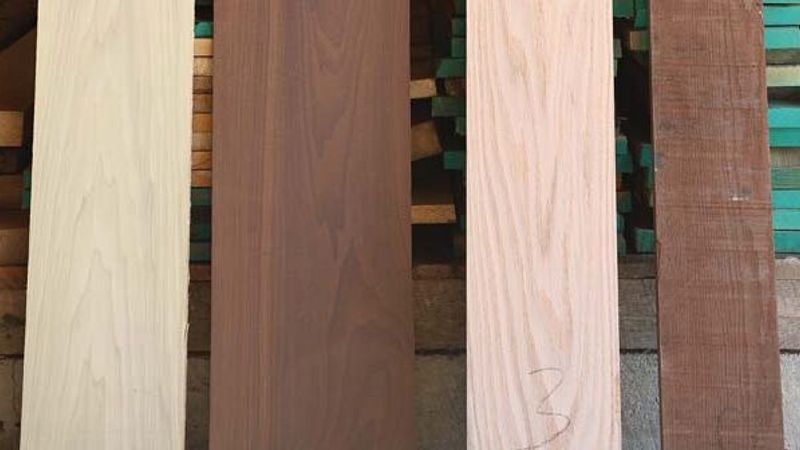
In the last decade or so, thermally modified wood—also known as toasted, torrified, or carmelized—has entered the market. Thermally modified wood takes kiln-dried wood one step further. After being briefly air-dried, then properly kiln-dried, the wood is put in a special vacuum chamber and subjected to high temperatures. In a conventional kiln, the air is typically heated to 140°F to 160°F. In a thermal modification chamber, the temperature is raised to between 300°F and 460°F. Before the chamber is heated, a vacuum is pulled, removing oxygen and preventing the wood from igniting at high temperatures. The treatment typically lasts from one to two days.
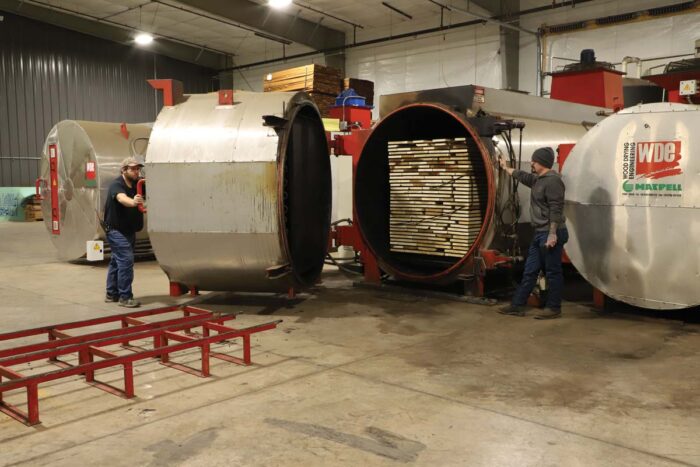
Thermal modification makes wood rot-resistant without applying any chemical treatment. Wood, like other plants, contains sugars and starches in the cellular makeup of its fibers. And wood decays when mold and fungus consume the sugars and starches. Thermal modification, by virtue of the high level of heat, carmelizes the sugars and starches, modifying them into a substance that mold and fungus can no longer break down. Hence the term thermal modification.
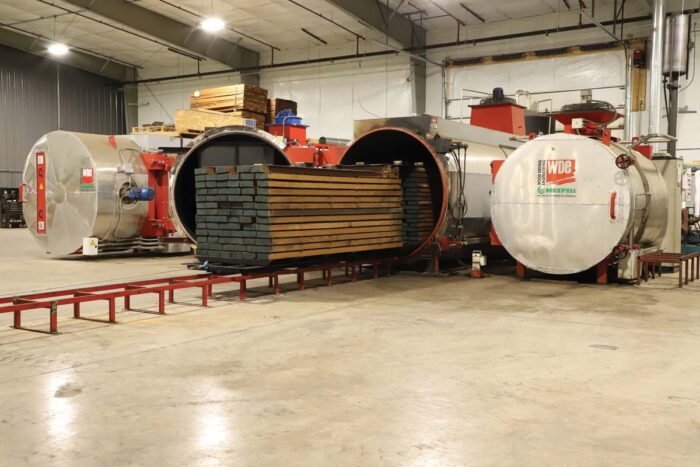
Another boon for the woodworker is that the wood’s cellular walls are crystallized in the process, making the wood fibers far less able to absorb moisture. As a result, there is roughly 85% less seasonal movement in thermally modified wood than in air-dried wood. Modification also alters the color of wood. Depending on time and temperature in the chamber, the wood can be turned anywhere from caramel to a deep, rich chocolate brown. The color change, like the other benefits of the modification treatment, affects every fiber in the wood.
Because of its rot-resistance, thermally modified wood is frequently chosen for decking, siding, and other outdoor uses. And because of its rich colors and reduced seasonal movement, it is also seeing use in furniture and other indoor woodwork.
This process may be relatively new to the market on a commercial scale, but it isn’t a new idea. Vikings were fire charring the hulls of ships hundreds of years ago to prevent barnacles from growing and causing rot. Native Americans used fire to harden and cure arrows and other tools. And Japanese woodworkers have long been scorching wood to preserve it.
One downside of thermally modified wood is that the heating process makes it more brittle. The wood fibers become more rigid and a lot less willing to bend as compared to kiln-dried wood, and even more so compared to air-dried wood. Also, as thermal modification crystallizes the wood’s cell walls, they become less able to absorb moisture. If you are coating thermally modified wood, use an oil-based primer, and avoid use of any waterborne finishes, because they will not bond properly.
Additionally, when gluing thermally modified wood, it is recommended that you increase the clamp time over kiln-dried wood, particularly with water-based glues.
-Jeffrey Schucker cuts, dries, mills, and sells wood at Bailey Wood Products in Kempton, Pa.
What about torrefied wood?
These days, luthiers and musicians commonly hear the phrase “torrefied” when discussing the wood used to make guitars and mandolins. As this website is for and by woodworkers, you might be blissfully unaware of the obsession (affliction?) that many musicians suffer from—constantly chasing that “vintage” tone. For years now, I’ve heard torrefied wood being used in my guitar-related wanderings. The theory is that thermally modifying the wood replicates the aging process of instrument tonewood.
After a lot of searching, I feel confident saying that there is little to no difference between “thermally modified” wood and “torrefied” wood. Both thermally modifying wood and torrefying wood are defined as the process of subjecting wood to high temperatures in an oxygen-depleted environment.
The end goal may not always be the same though—torrefied is mostly about the “tone” of the wood with the color being little more than a side effect. The fact of the matter is that the luthiery community has leaned into using the word ‘torrefied’—which I suspect is because it sounds a lot fancier!
The video above dives into some of the traits of torrefied wood that luthier Don Macrostie argues gives his instruments the played-in tone he’s going after. While I don’t recommend leaking nitrogen into any part of your shop, Don’s experimentation is very interesting!
-Ben Strano
Sign up for eletters today and get the latest techniques and how-to from Fine Woodworking, plus special offers.

